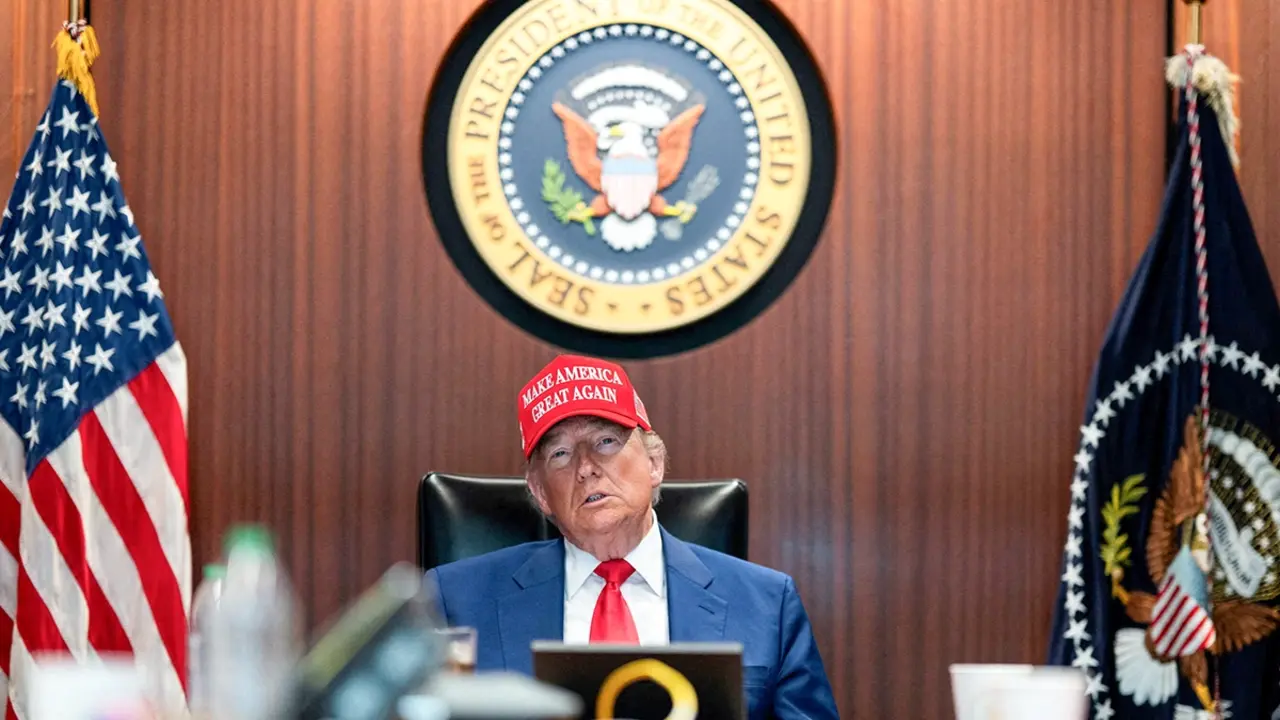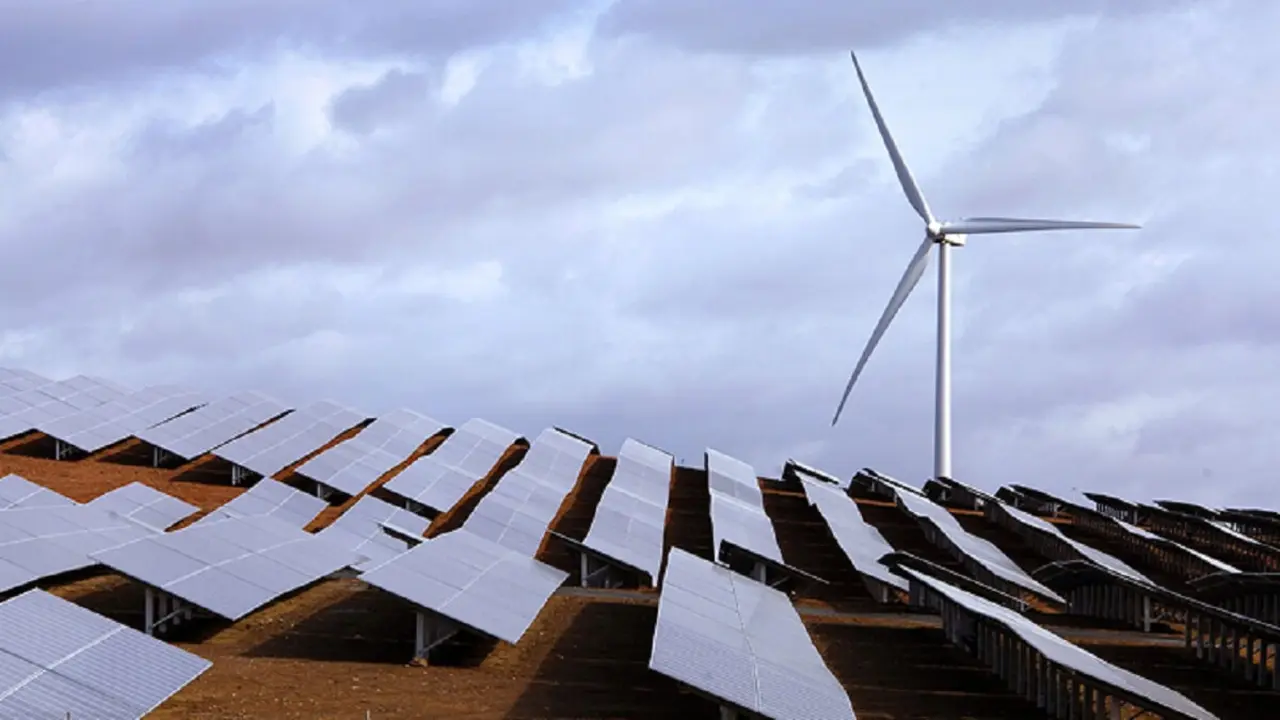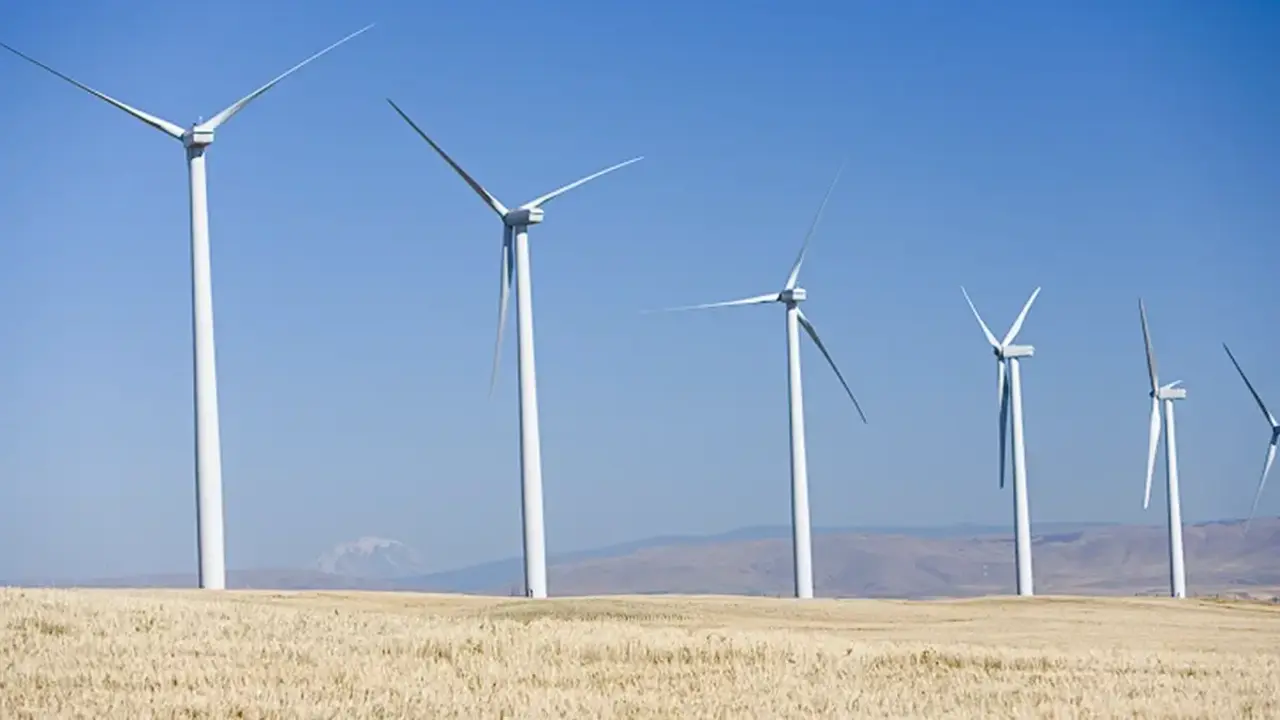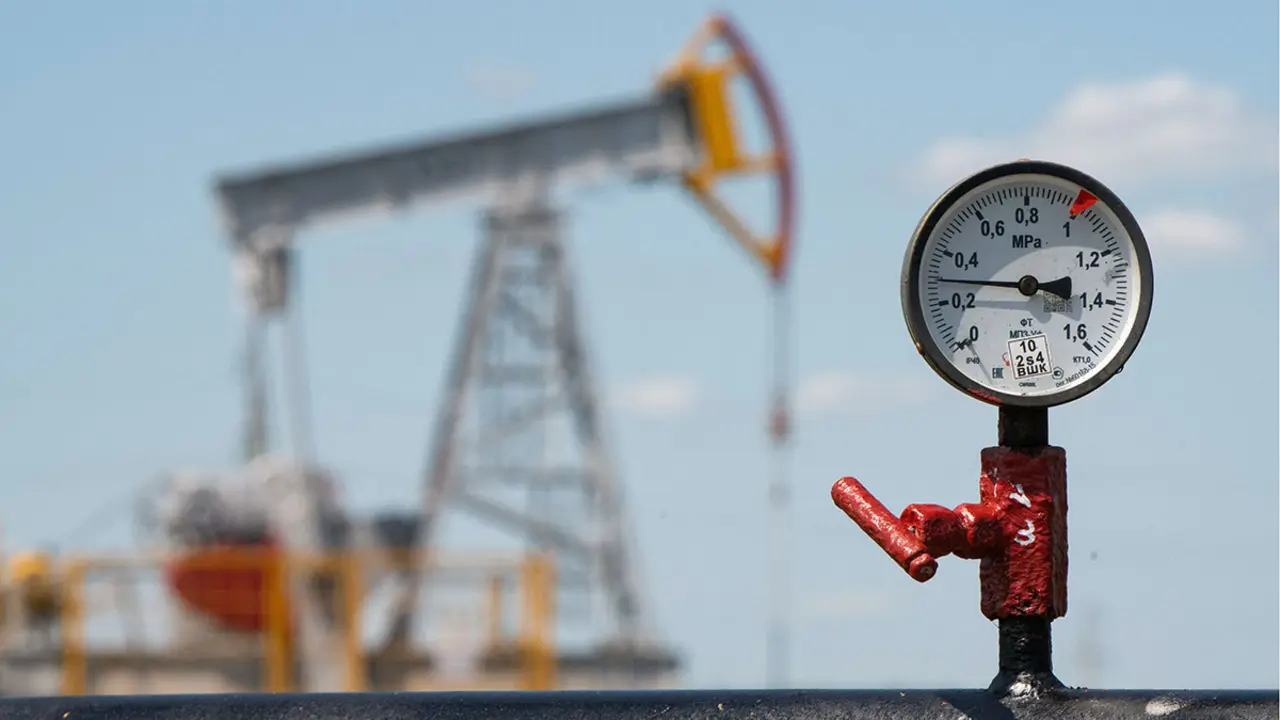Investment in the tourism sector will mitigate the economic downturn in Middle Eastern oil-producing countries
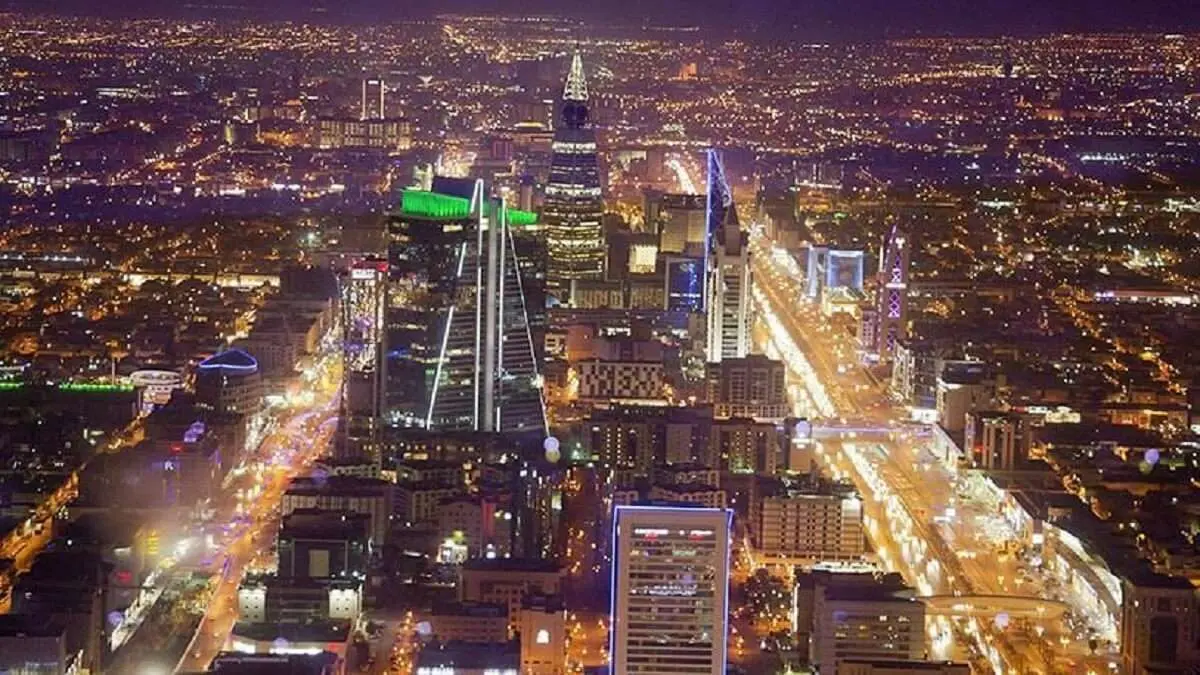
Gulf countries, mainly the United Arab Emirates, Qatar and Saudi Arabia, are increasing their non-oil activities to diversify the economy to avoid having another energy crisis like the one in 2015. In the Middle East region, the oil and gas industry is the main source of income and, as a result, for years, investment has only been directed towards fertiliser plants or refineries, as has been the case in the UAE.
The fragmentation of the region due to high debt levels in some countries will lead to economic decline, the IMF predicts in its April 2023 Regional Economic Outlook. After Kuwait, UAE and Saudi Arabia made large profits in 2022 because of the gas supply cut-off in Europe due to the war in Ukraine, demand has now been reduced by high oil prices. The Gulf States are therefore looking to position themselves in the tourism, industrial, transport and sustainable energy sectors in order to reduce their dependence on oil and gas, although they are expected to save an average of 33% of their oil revenues in the period 2022 to 2026.
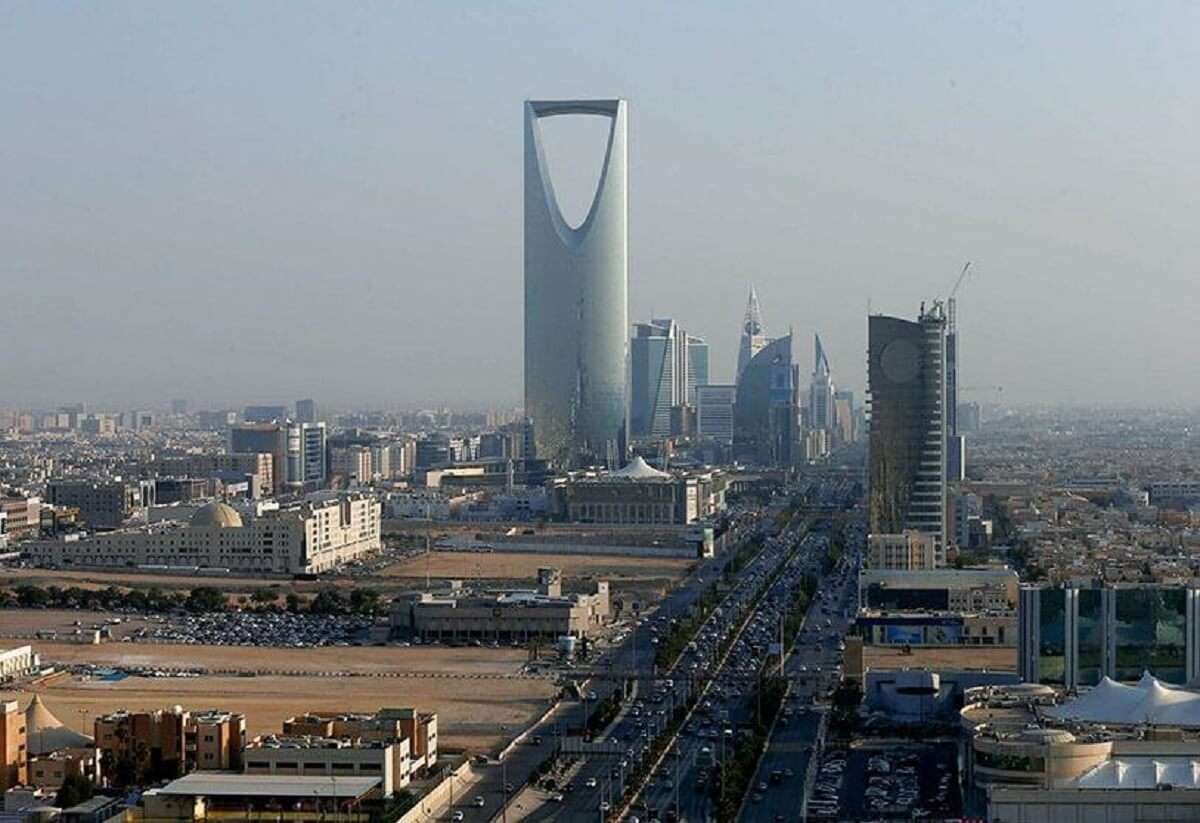
With economic growth set to fall to 3.2% in 2023, the region's oil-producing states will need to "diversify their economies, improve productivity and avoid cyclical monetary policies to increase resilience to economic downturns", as IMF Middle East and Central Asia Department director Jihad Azour calls for.
The Institute of International Finance believes that non-oil activities will be the main driver of economic growth in the region, with non-oil GDP growth of more than 4% helping to offset the low profit from oil sales. In this sense, Saudi Arabia is benefiting the most from the high level of foreign investment that the country is attracting, having positioned itself as one of the top twenty business-friendly countries, as determined by the Foreign Direct Investment Confidence Index. This, and its privileged geographical position near the sea, is attracting large companies and entrepreneurs who see potential in the Saudi state.
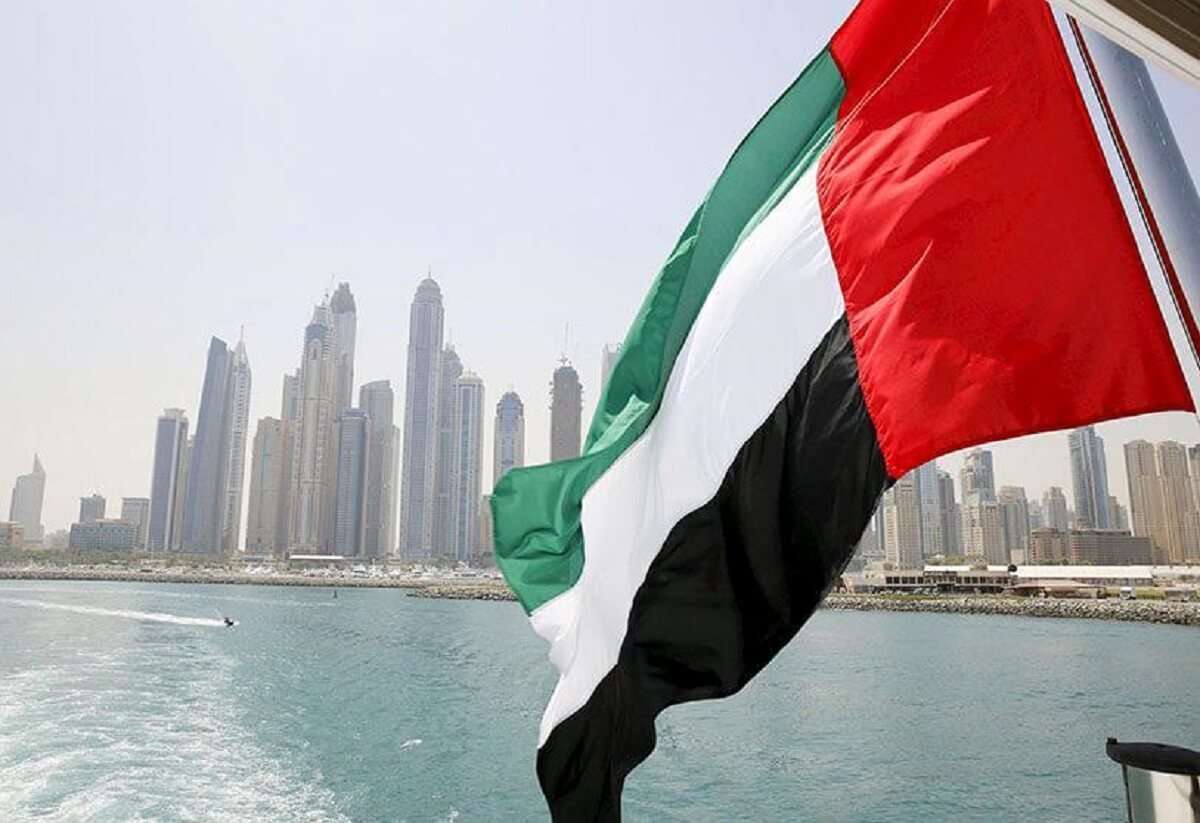
The large investments it is making in the tourism sector offer numerous opportunities for Spanish companies, which enjoy a good reputation for their development and management of quality tourism, as stated by ICEX in its 2022 Market Study. This investment is part of the Vision 2030 Strategy, which forecasts an investment of around 1 trillion dollars to attract luxury tourism with the construction of resorts, cruise ships and the granting of tourist visas for all visitors to the country, not just those making the pilgrimage to Mecca.
For its part, Qatar is also changing its gas-dependent economy, using the 2022 World Cup as a showcase to boost its tourism sector and showcase its cultural openness, as the UAE did some time ago. Even so, the UAE is still working to diversify its economy, aiming for non-oil activity to grow by more than 7.5% thanks to increased production in the manufacturing industry, as set out in its Economic Vision 2030.

